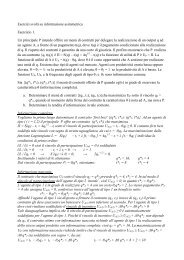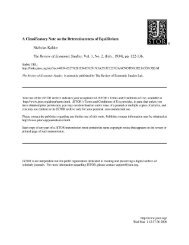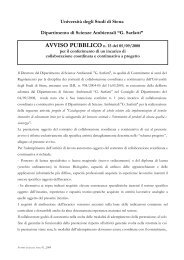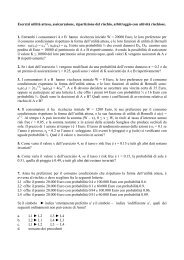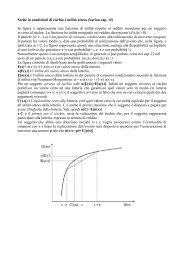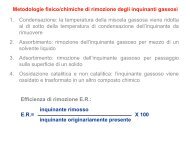Stabilisation Policy in a Closed Economy Author(s): A. W. Phillips ...
Stabilisation Policy in a Closed Economy Author(s): A. W. Phillips ...
Stabilisation Policy in a Closed Economy Author(s): A. W. Phillips ...
You also want an ePaper? Increase the reach of your titles
YUMPU automatically turns print PDFs into web optimized ePapers that Google loves.
300 THE ECONOMIC JOURNAL [JUNE<br />
5. Proportional Plus Integral <strong>Stabilisation</strong> <strong>Policy</strong><br />
A comb<strong>in</strong>ation of proportional and <strong>in</strong>tegral stabilisation<br />
policies gives much better results than either policy alone. This<br />
can be seen from Figs. 7 and 8, <strong>in</strong> which Curves (a) aga<strong>in</strong> show<br />
the response of production to unit spontaneous fall <strong>in</strong> demand<br />
<strong>in</strong> the absence of stabilisation policy. Curve (b) of Fig. 7 shows<br />
how this response is modified if a stabilisation policy is adopted<br />
hav<strong>in</strong>g a proportional correction factor of 0.5 plus an <strong>in</strong>tegral<br />
correction factor of 0.5, the time constant of the correction lag<br />
be<strong>in</strong>g 6 months. The proportional element <strong>in</strong> the policy helps to<br />
speed up correction and to limit the fluctuations caused by the<br />
. (e) Years<br />
2 3 4 5 6 7 8<br />
0-<br />
-2.<br />
-3<br />
-4<br />
(a)<br />
FIG. 7<br />
Curve (a), no stabilisation policy.<br />
Curve (b), fp = 05, f 05, T = 6 months.<br />
Curve (c), fp = 2, f 2, T 6 months.<br />
Curve (d), f, 8, f, 8, T 6 months.<br />
Curve (e),fp =f 8, fi 8, fd = 1, T = 6 months.<br />
<strong>in</strong>tegral policy, while the <strong>in</strong>tegral element provides the complete<br />
correction unobta<strong>in</strong>able with the proportional policy alone.<br />
Curve (c) of Fig. 7 shows the response when a stronger policy is<br />
adopted, keep<strong>in</strong>g the same proportion between the two elements,<br />
both correction factors be<strong>in</strong>g raised to 2, while <strong>in</strong> Curve (d) they<br />
are raised to 8, the correction lag rema<strong>in</strong><strong>in</strong>g at 6 months <strong>in</strong> each<br />
case.<br />
In the examples illustrated <strong>in</strong> Fig. 8 the time constant of the<br />
correction lag is reduced to 6 weeks. Curve (b) shows the response<br />
when both proportional and <strong>in</strong>tegral correction factors are 065.<br />
Compar<strong>in</strong>g this with Curve (b) of Fig. 7, it may appear paradoxical<br />
that with a shorter correction lag a longer time elapses before



